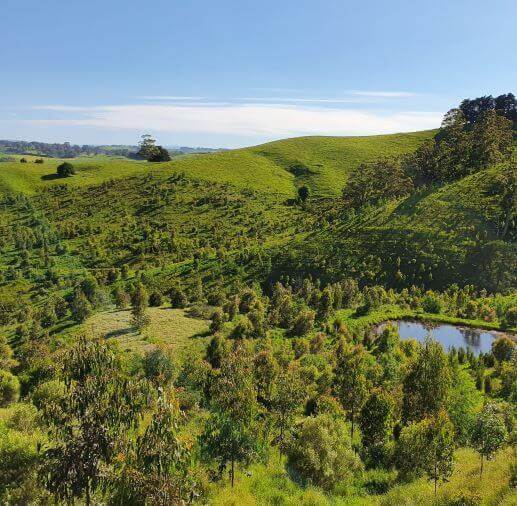Biodiversity loss and climate change are two of the most significant environmental issues of our time. It has never been more important to restore nature and protect biodiversity.
Greenfleet has been restoring native forests in Australia and New Zealand for over 25 years. We plant locally native species, restoring the ecosystems that existed before the land was cleared. We legally protect our projects for up to 100 years.













